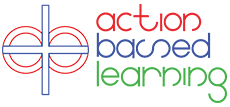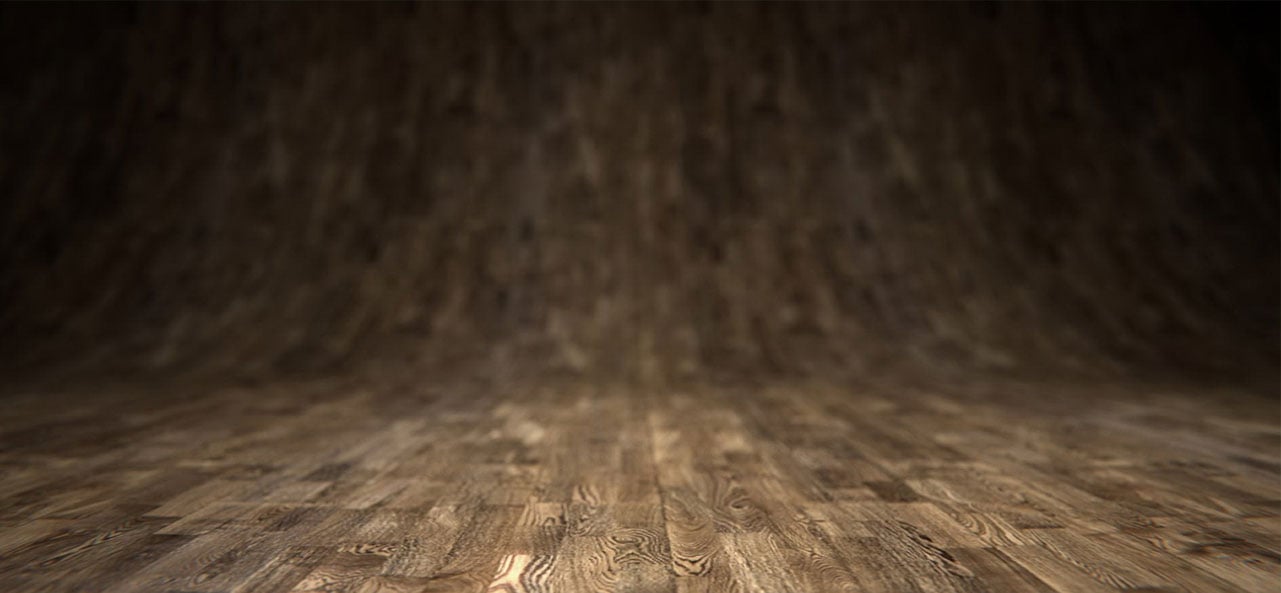Students got the wiggles out and focused more on learning, educators observed.
Discipline problems disappeared and students were more engaged in learning when St. Gregory Cathedral School began using an action-based learning approach to teaching last fall, the principal and teachers now say in looking back on the first year.
Action based learning combines physical activity - movement and exercise - at regular intervals called “brain breaks” with learning in the classroom. It is based on brain science research that reputedly shows a link of movement and physical activity to increased student learning and academic performance.
At St. Gregory, students and teachers alike take varying breaks from lessons to move - every 10 minutes in lower grades where students’ attention span is short or every 30 minutes or 45 minutes in upper grades where students have a longer attention span.
They stand up, sing, dance, clap their hands and hold them in the air, snap their fingers and other things to move around. Then they sit back down ready to learn.
The principal and teachers liked how it went last school year so well they plan to continue the action-based learning program next school year.
“We don’t have discipline problems,” said Becky Chenevert, who initiated action-based learning in all grades in her first year as principal of St. Gregory. “Kids need to move and I think a lot of the discipline problems come from kids not being able to move.”
Allowing them to move is not a distraction, but the learning is maximized because students are more engaged when they return to academics, the principal said.
“I think it increases their engagement in learning activities because they are able to move,” Chenevert said. “I think it helps them psychologically, physically and health wise.”
Test scores are always good at St. Gregory and students did very well this year, Chenevert said. The school always wants to see students make a year’s worth of progress.
“A child entering fourth grade may be working at a fifth grade level, but you want to make sure they make a year’s growth even though they are working at a grade level above,” she said.
As a result of introducing action-based learning at Gregory, she said, “I think students are learning more and our scores are going to go up; I feel certain they will.”
But a three-year study of test scores will be needed to document that students’ learning is improving due to the action-based learning program, Chenevert said.
Already Christie Strong, lead teacher for third- through fifth grades, said she could definitely see a difference in students’ learning and behavior.
“All of us teachers saw a drastic difference in their behavior and in their ability to learn. There was more focus on what we are doing. That always helps as far as learning goes,” Strong said.
Changes in their behavior are “like night and day,” Strong said. When they were starting to get a little noisy or talkative last school year, they would take a “brain break” to get up and move around and then there was silence in the classroom when they returned to studying, she observed.
“Silence means they can listen to you and learn better,” Strong said. “To me, there was a huge correlation between learning and movement. Research shows that getting more oxygen to your brain helps the whole learning process. We visually could see a difference.”
When students’ eyes glaze over or they start looking around, it’s time to get them up and moving because they lose focus if they are seated too long, Strong said.
“Once you get them up and moving, you get fresh little eyes looking at you ready to learn,” she said.
Besides getting up and moving periodically, many students at St. Gregory chose last year to sit on large, freestanding exercise ball. That allowed them to bounce and balance, which works on the core muscles and helps students who have “the wiggles,” Strong said.
St. Gregory plans to expand use of the balls in the upcoming school year and has ordered a new, special kind of chair that has a ball in it for younger students who may have trouble balancing.
Students have the option of sitting at a desk, but most choose to sit on the balls so they can wiggle.
“I noticed it was soothing and calming for kids who suffer from attention deficit hyperactivity disorder,” Strong said, adding they focused on the teacher more.
Students often raised their hand and asked for a “brain break” when they could get up, move about and do exercises.
The St. Gregory teachers were trained last summer in use of action-based learning and will receive more training and an update in August.
As a spinoff to the action-based learning program for students, many St. Gregory teachers and staff members worked on getting in shape last year and entered the school’s “biggest loser contest” similar to the popular TV show.
They were walking the hallways and circling the playground during recess to see who could walk the most number of steps. Moving and exercise are important not just for children but for adults as well, Chenevert said.




